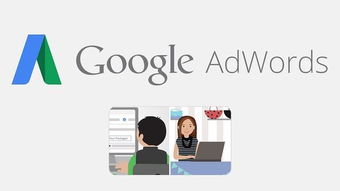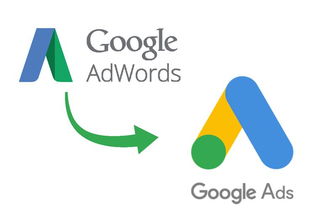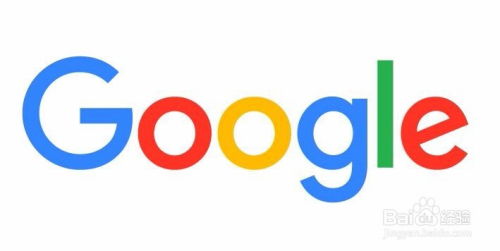Understanding Google Ads: A Comprehensive Guide for Beginners

Google Ads, also known as Google AdWords, is a powerful online advertising platform that allows businesses to promote their products or services to a vast audience. Whether you’re a small startup or a large corporation, Google Ads can help you reach potential customers and grow your business. In this detailed guide, we’ll explore the various aspects of Google Ads, from setting up your account to optimizing your campaigns for maximum performance.
Creating Your Google Ads Account

To get started with Google Ads, you’ll need to create an account. Here’s a step-by-step guide to help you set up your account:
- Go to the Google Ads website and click on “Start now.”
- Sign in with your Google account or create a new one.
- Enter your business information, including your business name, address, and phone number.
- Select your business type and industry.
- Choose your payment method and set your budget.
- Review and agree to the terms and conditions.
Understanding Campaigns, Ad Groups, and Keywords

In Google Ads, a campaign is a collection of ad groups, and an ad group is a collection of ads that share a common theme. Keywords are the terms or phrases that trigger your ads to appear in search results. Here’s a breakdown of these key components:
| Component | Description |
|---|---|
| Campaign | A collection of ad groups that share a common goal, such as increasing brand awareness or generating leads. |
| Ad Group | A group of ads that share a common theme, such as a specific product or service. |
| Keyword | A term or phrase that triggers your ads to appear in search results. For example, if you’re selling outdoor gear, keywords might include “outdoor equipment,” “hiking gear,” or “camping supplies.” |
Setting Up Your First Campaign
Once you’ve created your account, it’s time to set up your first campaign. Here’s what you need to do:
- Select a campaign type, such as Search, Display, or Shopping.
- Choose your geographic targets, such as a specific country, city, or ZIP code.
- Set your budget and bidding strategy.
- Enter your ad group keywords.
- Write your ad copy and create your ad extensions.
- Review and submit your campaign for approval.
Optimizing Your Google Ads Campaigns
Once your campaign is live, it’s essential to monitor its performance and make adjustments as needed. Here are some tips for optimizing your Google Ads campaigns:
- Analyze your campaign performance regularly. Use Google Ads reports to track your clicks, conversions, and other key metrics.
- Adjust your keywords and ad copy based on performance data. If certain keywords or ads are underperforming, consider pausing them or rewriting them.
- Use ad extensions to provide additional information about your business, such as your phone number, location, or website.
- Implement A/B testing to compare different ad variations and determine which performs best.
- Optimize your landing pages to ensure they’re relevant, engaging, and conversion-friendly.
Advanced Google Ads Features
Google Ads offers a variety of advanced features that can help you take your campaigns to the next level. Here are some of the most notable features:
- Google Ads Editor: A desktop application that allows you to manage your campaigns more efficiently.
- Google Ads Scripts: A programming language that enables you to automate repetitive tasks and customize your campaigns.
- Google Ads Smart Bidding: An automated bidding strategy that uses machine learning to optimize your bids for conversions.
- Google Ads Responsive Search Ads: A new ad format that automatically adjusts the
